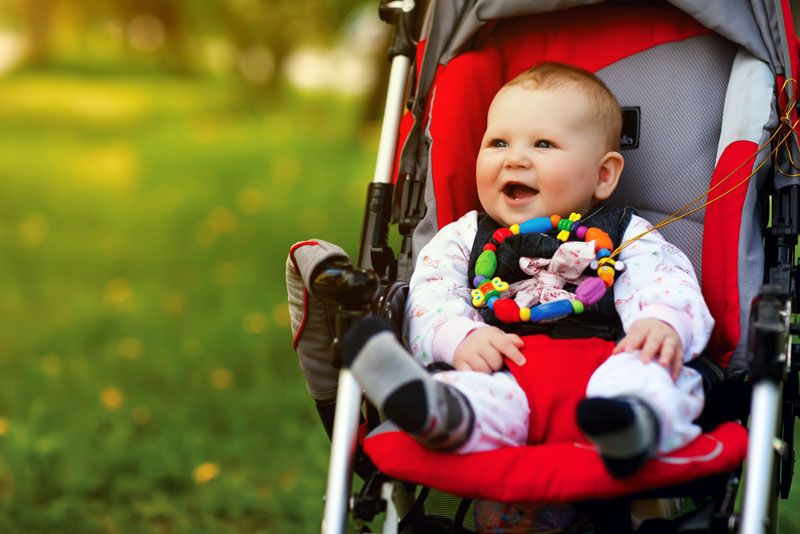Serious Head Injuries from Baby Strollers on the Rise

About two U.S. children visit the emergency room every hour for injuries related to being in a stroller or an infant carrier, a new study finds.
Overall, more than 360,000 children ages 5 or younger went to the ER for stroller- or carrier-related injuries from 1990 to 2010, the study found. That's more than 17,000 injuries a year. Many of these injuries happened when children fell out of a stroller or carrier, or the product tipped over. There was also a sharp rise in the proportion of concussions and traumatic brain injuries tied to strollers and carriers.
"While these products are used safely by families every day, when injuries do occur they can be quite serious," study co-author Kristi Roberts, a research associate in the Center for Injury Research and Policy at Nationwide Children's Hospital in Ohio, said in a statement. "The majority of injuries we saw were head injuries, which is scary considering the fact that traumatic brain injuries and concussions in young children may have long-term consequences on cognitive development."
The researchers used a national database of emergency room visits to look for injuries associated with strollers or carriers. Carriers included devices that adults can wear to carry the child (such as a Baby Bjorn carrier), along with handheld carriers (such as baby-carrying baskets) and carriers that detach from a stroller. [9 Weird Ways Kids Can Get Hurt]
Most of the injuries (39 percent for strollers, and 48 percent for carriers) were soft tissue injuries, such as bumps and bruises. But about a quarter of stroller injuries, and 35 percent of carrier injuries, were concussions or traumatic brain injuries (TBIs), the study found.
Moreover, the rate of TBIs and concussions increased during the study period, from 19 percent of injuries in 1990 to 42 percent of injuries in 2010 for strollers, and from 18 percent of injuries in 1990 to 53 percent of injuries in 2010 for carriers.This finding is likely due to increased awareness of concussion/TBI injuries, rather than a true rise in the rate of cases, the researchers said.
About two-thirds of injuries in both strollers and carriers happened when the child fell out of the product. About 16 percent of stroller injuries happened when the product tipped over, 9 percent happened when the child tripped over the stroller, and 5 percent happened when the child got an arm or leg caught in the stroller.
Sign up for the Live Science daily newsletter now
Get the world’s most fascinating discoveries delivered straight to your inbox.
For carriers, nearly 30 percent of injuries happened when the product tipped over.
Although most of the children went home shortly after they were treated in the ER, about 7 percent of those with carrier-related injuries and 2 percent with stroller-related injuries were hospitalized.
To reduce the risk of stroller- or carrier-related injuries, the researchers recommended the following:
- Make sure the child is always seated and properly buckled into the unit. Follow the product's instructions for securing the child in the stroller or carrier.
- Avoid hanging heavy items, such as purses or bags, on the handles of strollers, because this may cause them to tip over.
- Make sure your child doesn't exceed the weight limit of your stroller or carrier.
- Lock stroller wheels when the product is "parked," so it doesn't' roll away.
- Keep carriers low to the ground. Don't place them in high places like on top of a table, which would increase the length of a fall.
- Don't let a child push a stroller.
- Check to make sure your stroller or carrier has not been recalled.
The new study is published online today (Aug. 17) in the journal Academic Pediatrics.
Original article on Live Science.

Rachael is a Live Science contributor, and was a former channel editor and senior writer for Live Science between 2010 and 2022. She has a master's degree in journalism from New York University's Science, Health and Environmental Reporting Program. She also holds a B.S. in molecular biology and an M.S. in biology from the University of California, San Diego. Her work has appeared in Scienceline, The Washington Post and Scientific American.

'Love hormone' oxytocin can pause pregnancy, animal study finds

'Mini placentas' in a dish reveal key gene for pregnancy










